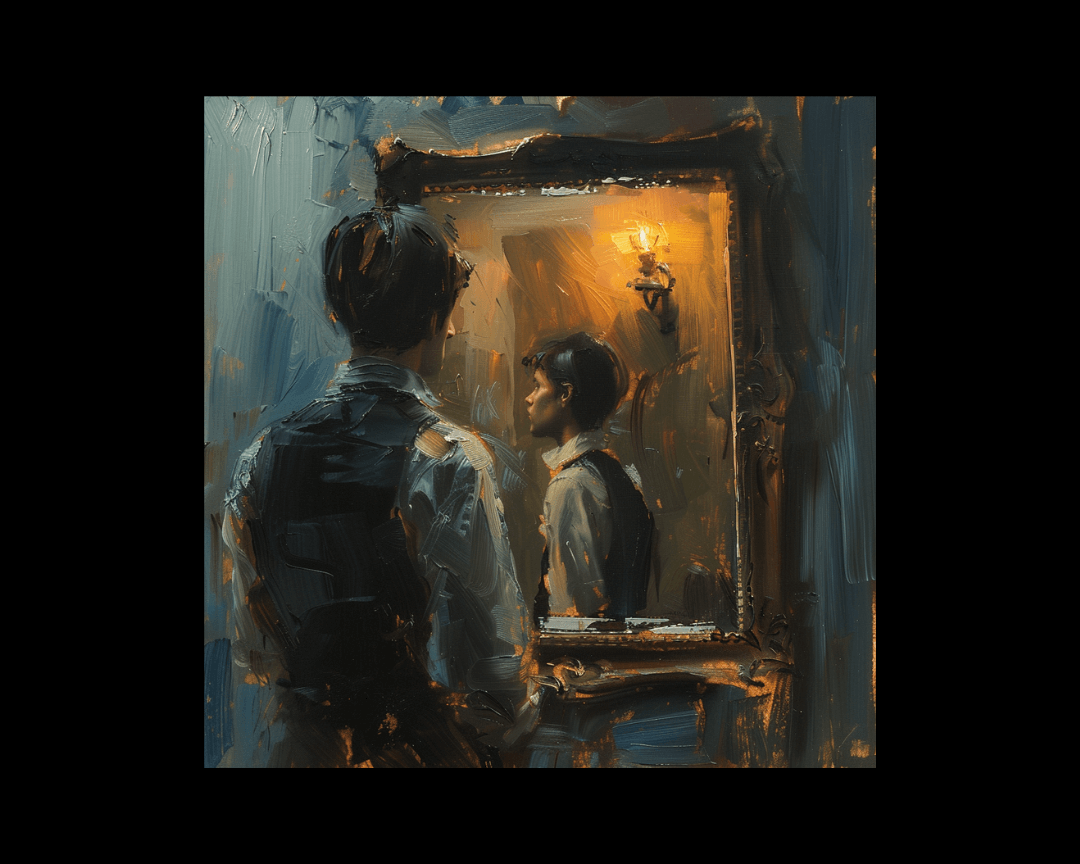The Labyrinth of the Soul: Characters And Internal Conflict
In the realm of fiction, conflict reigns supreme. It is the engine that drives the narrative, the spark that ignites the reader's imagination. While...

In our zeal to create characters that captivate and inspire, we often fall prey to the temptation of the flawless, the allure of the immaculate. We forget that the true essence of character resides in the cracks and crevices of the human soul, in the faults and foibles that make us who we are.
Flaws, those imperfections that mar the surface of our being, are not a blemish to be concealed but a badge of honor to be worn. They are the mark of our humanity, the proof of our existence in a world that is itself flawed and imperfect.
In storytelling, they are the very lifeblood of conflict, the fuel that drives the engine of narrative.
But how do we craft these flaws? How do we make people care? Read on to learn how to craft character flaws that ring true and draw your reader in.
Consider, for a moment, the characters that linger in your mind long after the final page has been turned. The brooding hero haunted by a dark past, the brilliant detective beset by addiction, the star-crossed lovers torn apart by pride and prejudice. What do these figures have in common? It is not their virtues that define them but their vices, weaknesses, and all-too-human failings.
A character without flaws is a character without depth, dimension, or the capacity to surprise, delight, or devastate. They are a cardboard cutout, a one-dimensional representation of an idea rather than a living, breathing entity.
Readers may admire them or even aspire to be them, but they will never truly connect with them on an emotional level.
Yet, despite the apparent necessity of flaws in crafting compelling characters, many writers shy away from this essential tool. The reason is fear. We fear that by giving our characters weaknesses, by allowing them to stumble and fall, we will render them unlikeable, unsympathetic, and unworthy of the reader's investment.
This fear is understandable but ultimately misguided. Likeability and sympathy are not the same thing, and a character need not be perfect to be embraced by the reader. In fact, it is often those characters who are most deeply flawed, most profoundly human, who capture our hearts most completely.
The key is not to avoid flaws altogether but to craft them carefully and intentionally. The key is to create characters whose weaknesses are not simply a laundry list of quirks and foibles but a reflection of their deepest struggles and profound desires—characters whose flaws are inextricably linked to their motivations, fears, secret shame, and hidden wounds.
When we do this and imbue our characters' imperfections with depth and meaning, we create a powerful conduit for empathy. Readers see themselves reflected in these flawed and fallible beings and recognize their struggles and insecurities writ large upon the page.
And in doing so, they form a bond with the character that transcends mere likeability, a connection born of shared humanity and mutual understanding.
Of course, not all flaws are created equal. Some are mere quirks, surface-level imperfections that add texture and nuance to a character without fundamentally altering the course of the story. A nervous tic, a penchant for malapropisms, a fear of spiders - these are the minor flaws that distinguish a character, making them memorable and unique.
However, the significant flaws, deep-seated weaknesses, and moral failings drive the narrative. A crippling addiction, a consuming desire for revenge, a pride that borders on hubris - these are the flaws that create conflict that set characters on a collision course with their own worst impulses. They are the fatal flaws, the tragic weaknesses that inevitably lead to a character's downfall.
We must approach the task with intentionality to craft flaws that truly resonate and serve the story rather than simply adorn the character.
We must ask ourselves, what is the central conflict of this story? What is the character's ultimate goal, and what internal and external obstacles stand in their way?
The answers to these questions will guide us in crafting flaws that are not merely cosmetic but integral to the narrative.
But flaws alone are not enough. For a character to be compelling and sympathetic, their weaknesses must be balanced by their motivations. Readers will forgive many sins if they understand the reasons behind them and see the humanity beneath the flaws.
A thief who steals to feed his starving family, a liar who deceives to protect a loved one, and a killer who takes lives to avenge a great wrong—these are characters we can root for, even as we recognize the darkness within them.
Their flaws are not a barrier to our empathy but a bridge, a way for us to connect with them profoundly and personally.
Ultimately, the power of flaws lies not merely in their ability to create conflict but in their capacity to spark growth and transformation. In the crucible of their weaknesses, characters are genuinely forged, in the fire of their imperfections, that they are refined and reborn.
A character who begins the story in the thrall of addiction may find the strength to overcome it, emerge from the depths of their despair, and reclaim their life. A character consumed by pride may learn the value of humility, the power of vulnerability, and connection. A character haunted by trauma may find the courage to confront their demons to transform their pain into a source of strength and resilience.
And so, to all those who would take up the pen and craft the stories that move and inspire us, I say this: embrace the flawed, the fallible, the imperfect. Dive deep into the cracks and crevices of the human soul, into the darkest recesses of the psyche where the actual gold of character lies waiting to be mined.
Imbue these flaws with meaning, motivation, and the raw and bleeding humanity that is the essence of great storytelling, for it is in the crucible of imperfection that true character is forged, in the fire of flaws, that the alchemy of growth and transformation takes place.

In the realm of fiction, conflict reigns supreme. It is the engine that drives the narrative, the spark that ignites the reader's imagination. While...
.png)
An internal problem is the crucible for change, diving deep into a character's essence far beyond the surface motivations that drive external...
.png)
Characters are individuals who want something, and these desires can be categorized into two distinct types: the character's intrinsic wish...